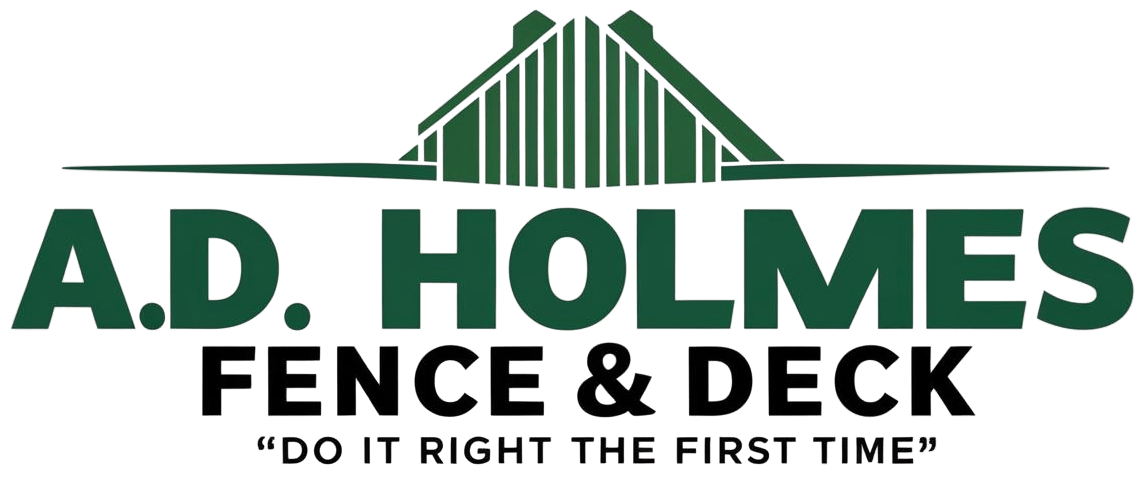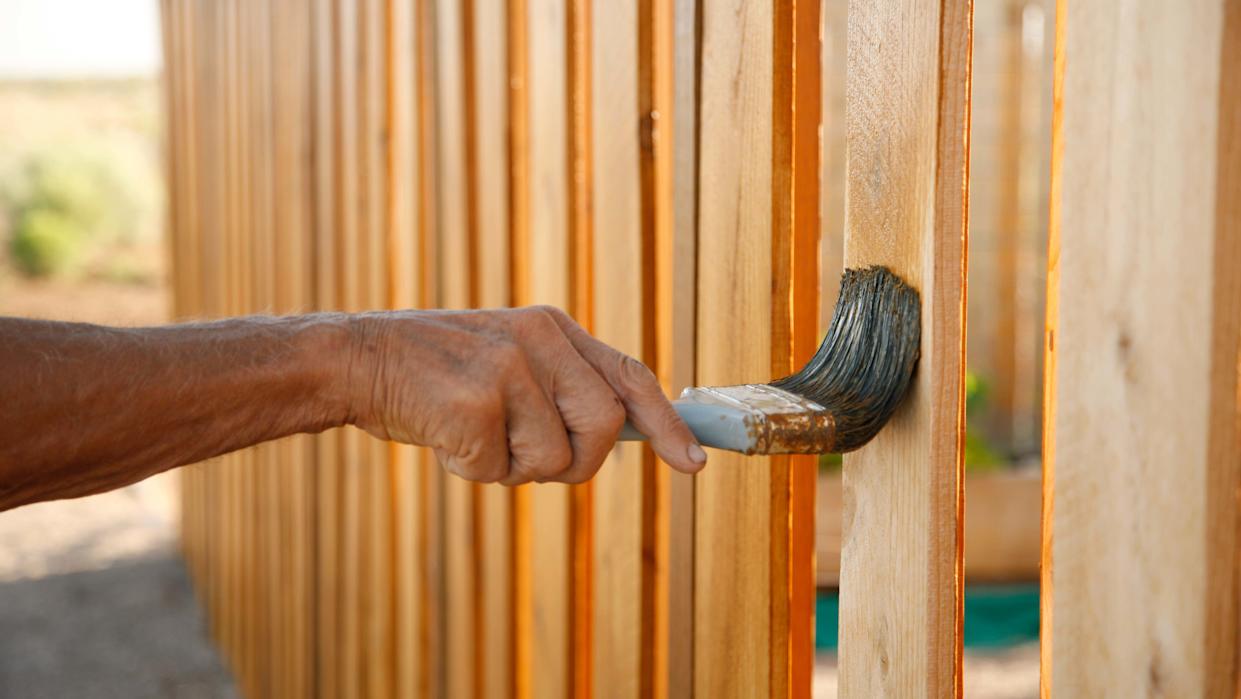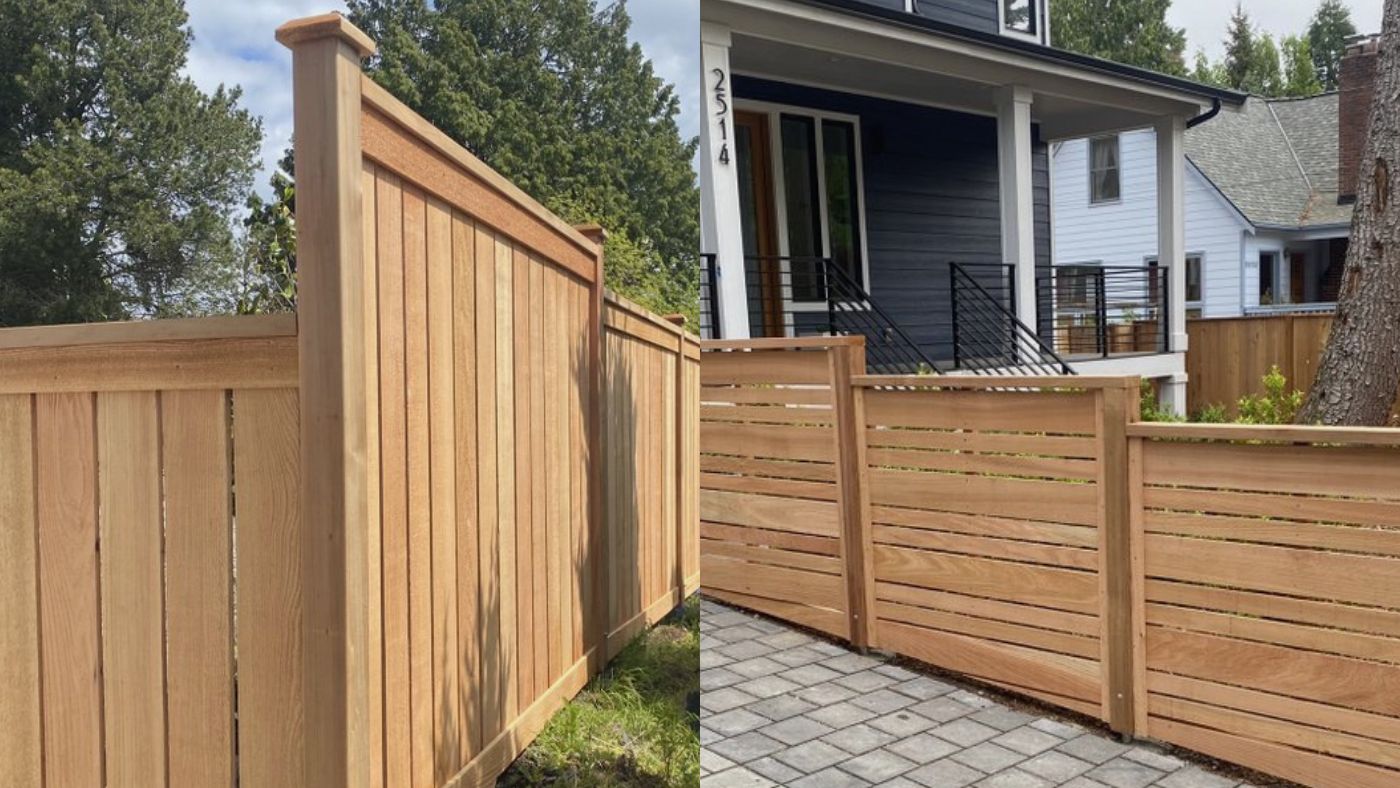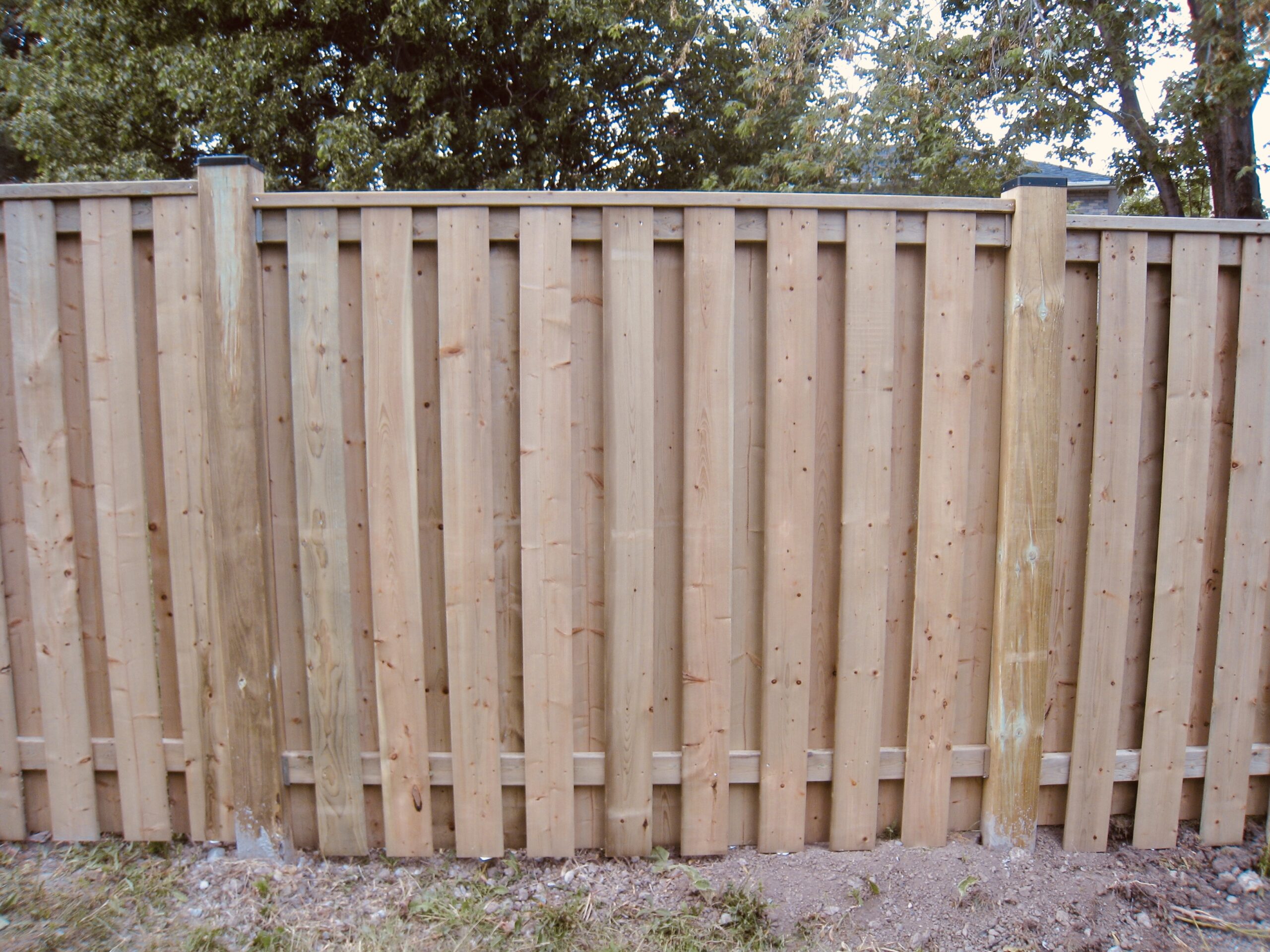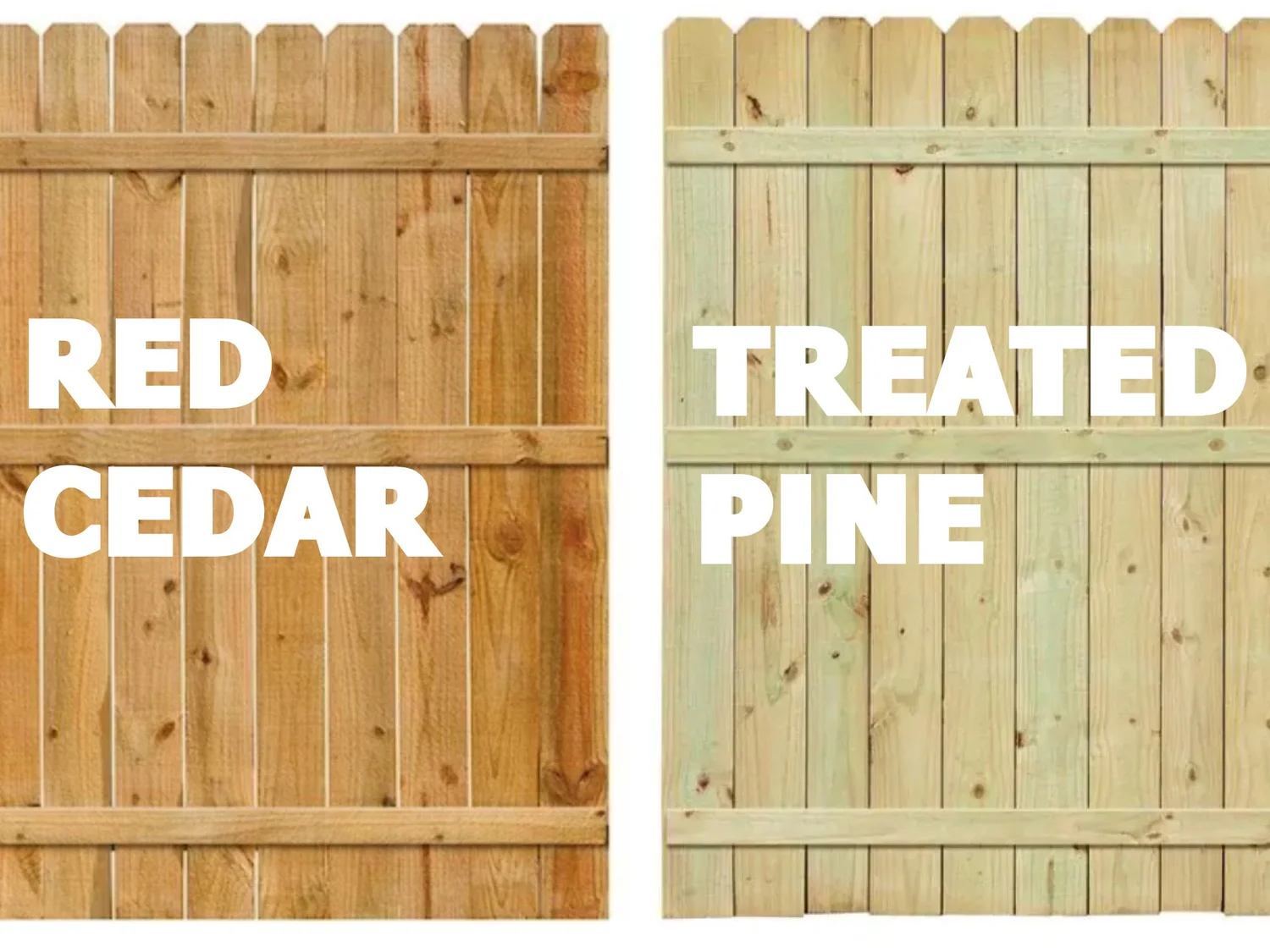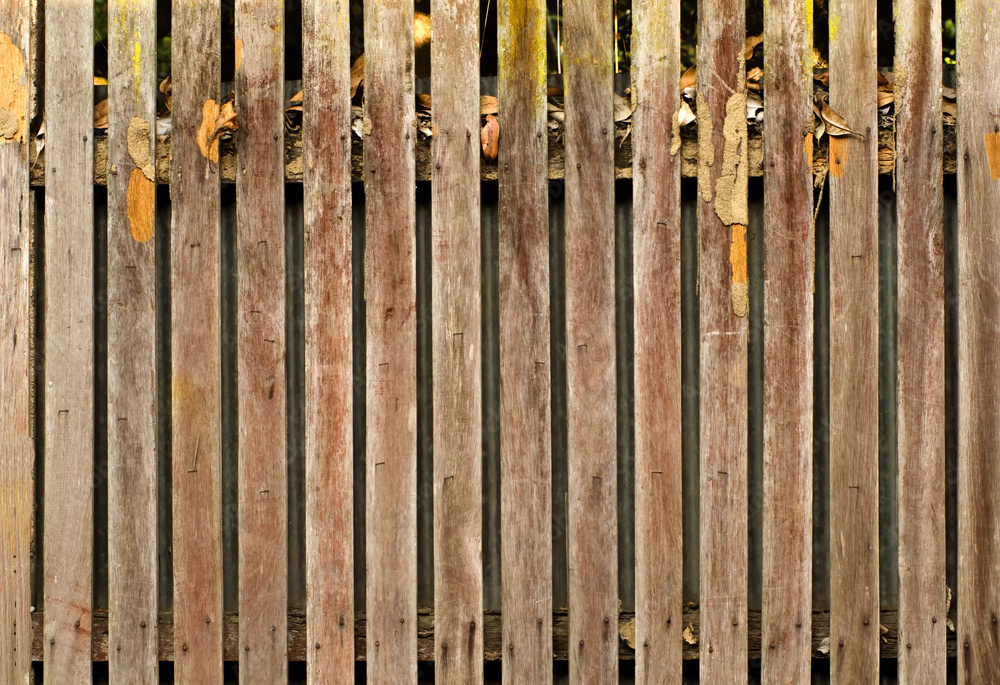
How Ontario’s Climate Affects Wood Fences
Living in Ontario means experiencing one of Canada’s most diverse climate patterns – from scorching summer days reaching 40°C to bone-chilling winters plummeting to -30°C. At A.D. Holmes Fence & Deck, we’ve spent over 20 years building fences across York and Durham regions, and we’ve learned firsthand how Ontario’s extreme weather can make or break a wood fence investment.
Your fence faces a relentless cycle of environmental challenges that few other provinces experience with such intensity. Understanding these climatic factors isn’t just academic knowledge – it’s essential information that directly impacts your fence’s longevity, maintenance requirements, and ultimately, your property value.
Ontario’s Climate Reality: A Fence Builder’s Perspective
Ontario’s climate presents unique challenges that we encounter on every project. The province experiences what meteorologists call a “continental climate” – characterized by significant temperature variations between seasons and frequent weather extremes. In our service areas of Newmarket, Aurora, Whitby, and Markham, we regularly see temperature swings of 70°C or more throughout the year.
Summer Challenges: July and August bring intense heat and humidity that can cause wood to expand dramatically. We’ve measured fence boards that have grown several millimeters during heat waves, creating stress on fasteners and joints. The high humidity – often exceeding 80% – creates perfect conditions for mold and mildew growth, particularly in shaded areas where air circulation is limited.
Winter Severity: Ontario winters are particularly brutal on wood fencing. The combination of sustained sub-zero temperatures, heavy snow loads, and frequent freeze-thaw cycles creates what we call the “perfect storm” for fence damage. Ice formation can add hundreds of pounds of additional weight to fence sections, while salt from nearby roads accelerates corrosion of metal components.
Transitional Seasons: Perhaps most damaging are the shoulder seasons – spring and fall – when daily temperature fluctuations can span 20-30°C. These dramatic swings cause wood to repeatedly expand and contract, loosening fasteners and creating gaps that allow moisture penetration.
The Science Behind Wood Movement
Wood is a hygroscopic material, meaning it naturally absorbs and releases moisture based on surrounding humidity levels. In Ontario’s variable climate, this characteristic becomes both a blessing and a curse for fence owners.
During humid summer months, wood fibers absorb moisture and expand. Conversely, during dry winter months when indoor heating reduces ambient humidity, wood releases moisture and contracts. This constant movement stresses the cellular structure of wood, eventually leading to checking, splitting, and warping.
The freeze-thaw cycle compounds these issues exponentially. When moisture trapped within wood fibers freezes, it expands by approximately 9%, exerting tremendous internal pressure. This pressure can literally tear wood fibers apart from the inside, creating microscopic cracks that gradually widen with repeated cycles.
We’ve documented fence boards that experience over 100 freeze-thaw cycles in a typical Ontario winter. Each cycle weakens the wood’s structural integrity, making it increasingly susceptible to future damage.
Moisture Management: The Foundation of Fence Longevity
Effective moisture management is absolutely critical for wood fence survival in Ontario’s climate. Moisture is wood’s greatest enemy – it enables rot, attracts insects, and facilitates the freeze-thaw damage that destroys fence integrity.
Seasonal Moisture Patterns: Ontario receives an average of 80-100cm of precipitation annually, but it’s the seasonal distribution that creates problems. Spring snowmelt can saturate fence foundations, while summer thunderstorms can dump 50mm+ of rain in hours. Fall’s prolonged damp conditions create ideal environments for fungal growth just before winter’s freeze-thaw cycles begin.
Ground Contact Issues: Fence posts in direct ground contact face the greatest moisture challenges. Even pressure-treated lumber can fail when constantly exposed to soil moisture, particularly in clay soils common throughout southern Ontario that retain water for extended periods.
Drainage Solutions: Proper site preparation and drainage design are essential but often overlooked. We install gravel beds around post foundations and ensure positive drainage away from fence lines. These seemingly minor details can add years to fence lifespan by preventing water accumulation at critical connection points.
Material Selection: Cedar vs. Pressure-Treated Pine
Choosing the right wood species for Ontario’s climate significantly impacts long-term performance and maintenance requirements. Our experience installing thousands of fences has shown clear performance differences between materials.
Cedar Advantages: Western Red Cedar remains our premium recommendation for Ontario installations. Its natural extractives provide inherent resistance to rot, decay, and insect damage. Cedar’s dimensional stability means less movement during temperature and humidity changes, reducing stress on fasteners and joints. The wood’s natural oils also provide some water repellency, though professional staining is still recommended. Cedar’s performance in Ontario’s freeze-thaw cycles is exceptional. The wood’s cellular structure is less prone to internal ice damage, and its natural flexibility allows it to accommodate thermal movement without cracking. While cedar costs 50-75% more than pressure-treated alternatives, its extended lifespan and reduced maintenance requirements often justify the investment.
Pressure-Treated Pine Considerations: Pressure-treated pine offers excellent value for budget-conscious homeowners, but requires more careful detailing for Ontario’s climate. The chemical treatment process creates excellent rot resistance, but the wood’s higher density makes it more prone to checking and splitting during rapid temperature changes. Modern pressure-treated lumber uses copper-based preservatives that provide excellent protection against biological degradation. However, the treatment process can make the wood more susceptible to moisture movement, requiring careful attention to fastener selection and installation techniques.
Species-Specific Performance: Eastern White Cedar, locally sourced from Ontario forests, offers excellent performance characteristics similar to Western Red Cedar but at lower cost. Its availability and reduced transportation impact make it an environmentally conscious choice for regional installations.
Installation Techniques for Climate Resilience
Proper installation techniques adapted to Ontario’s climate conditions are crucial for long-term fence performance. Standard installation practices often fail in our extreme weather conditions without climate-specific modifications.
Foundation Design: Post installation depth must exceed local frost line requirements – typically 1.2-1.5 meters in southern Ontario. We use concrete footings for all installations, but the concrete mix design is critical. Fast-setting concrete can crack during freeze-thaw cycles, so we specify appropriate aggregate sizes and allow proper curing time.
Post sleeves or protective barriers around the ground line prevent direct soil-to-wood contact while allowing necessary drainage. These details add minimal cost but dramatically extend post lifespan by preventing the most common failure point.
Fastener Selection: Standard galvanized fasteners fail prematurely in Ontario’s corrosive environment. We specify stainless steel fasteners for all critical connections, particularly where dissimilar metals contact treated lumber. The chemical interaction between copper-based preservatives and galvanized coatings accelerates corrosion in humid conditions.
Thermal Movement Accommodation: Panel attachment systems must accommodate thermal expansion and contraction without creating stress concentrations. We use slotted holes and flexible fastening techniques that allow controlled movement while maintaining structural integrity.
Ventilation Design: Proper air circulation behind fence boards prevents moisture accumulation and reduces mold growth. We maintain specific spacing between boards and ensure adequate clearance from grade level to promote drying after precipitation events.
Seasonal Maintenance Strategies
Proactive maintenance aligned with Ontario’s seasonal patterns significantly extends fence lifespan and prevents major repair expenses. Each season presents specific maintenance opportunities and challenges.
Spring Maintenance (April-May): Post-winter inspection reveals damage from snow loading, ice formation, and freeze-thaw cycles. Check for loose fasteners, post movement, and board splitting. Address minor issues before summer growth season begins. Clean accumulated debris and organic matter that promote moisture retention.
Spring is optimal for applying penetrating sealers and stains. Wood moisture content is typically ideal, and stable weather conditions allow proper curing before summer’s extreme conditions begin.
Summer Maintenance (June-August): Monitor fence for heat-related expansion issues. Check gate operation and adjust hardware as needed. Maintain vegetation clearance to promote air circulation and prevent moisture accumulation. Address any mold or mildew growth immediately before it penetrates deeply into wood surfaces.
Fall Preparation (September-November): Fall maintenance focuses on winter preparation. Apply protective treatments if needed, secure loose components, and trim vegetation that could cause snow loading problems. Check drainage systems and clear any blockages that could cause ice formation.
Winter Monitoring (December-March): While active maintenance is limited, winter monitoring prevents small problems from becoming major failures. Remove excessive snow accumulation that could cause structural loading beyond design limits. Watch for ice dam formation and address drainage issues before spring thaw.
Common Climate-Related Problems and Solutions
Two decades of fence installation and repair experience has revealed consistent patterns of climate-related failures. Understanding these patterns helps homeowners prevent problems and extend fence investment value.
Freeze-Thaw Damage: Manifests as longitudinal splitting along wood grain, particularly in pressure-treated lumber. Prevention requires moisture control through proper sealing and drainage design. Once splitting occurs, prompt repair with wood filler and sealant prevents water penetration and further damage.
Post Heaving: Frost action can literally push fence posts out of the ground, causing panel misalignment and gate operation problems. Proper installation below frost line and good drainage prevent most occurrences. Existing heaved posts require re-setting with improved foundation design.
Fastener Failure: Galvanized fasteners exposed to treated lumber and moisture fail rapidly in Ontario’s environment. Stainless steel replacement resolves the problem permanently. Pre-drilling prevents splitting during installation and reduces stress concentrations around fasteners.
Mold and Mildew: Particularly problematic on north-facing fence surfaces and areas with poor air circulation. Regular cleaning with appropriate solutions prevents deep penetration. Long-term solutions require addressing underlying moisture and ventilation issues.
Professional Installation vs. DIY Considerations
Ontario’s challenging climate conditions make professional installation particularly valuable for wood fencing projects. The expertise required for proper material selection, installation techniques, and climate-specific detailing often exceeds typical DIY capabilities.
Climate Knowledge: Professional installers understand local soil conditions, drainage patterns, and weather exposure variations that affect fence performance. This knowledge guides material selection and installation methods that may not be apparent to occasional builders.
Tool Requirements: Proper installation requires specialized tools for concrete work, post setting, and precise measurement that most homeowners don’t own. The cost of tool acquisition often approaches professional installation costs for single projects.
Warranty Considerations: Professional installations typically include warranties that cover climate-related failures when proper materials and techniques are used. DIY installations bear full responsibility for climate-related problems that could have been prevented through professional expertise.
Code Compliance: Local building codes often contain climate-specific requirements for foundation depths, structural connections, and material specifications that professional contractors understand intimately.
Long-Term Value and Return on Investment
Quality wood fence installation designed for Ontario’s climate provides excellent long-term value despite higher initial costs. The key is understanding that fence longevity depends primarily on initial design and installation quality rather than ongoing maintenance efforts.
Lifecycle Cost Analysis: A properly installed cedar fence may cost 50% more initially than basic pressure-treated installation, but typically lasts 20-25 years compared to 10-15 years for standard installations. The extended lifespan, combined with reduced maintenance requirements, often results in lower annual ownership costs.
Property Value Impact: High-quality fencing contributes significantly to property values throughout Ontario’s competitive real estate markets. Professional installations that demonstrate climate-appropriate design and quality materials provide lasting curb appeal that budget installations cannot match.
Maintenance Cost Reduction: Climate-appropriate installation dramatically reduces ongoing maintenance requirements. Properly detailed fences may require only periodic cleaning and minor touch-ups compared to major repairs and premature replacement of inadequately installed fencing.
Ontario’s climate will continue challenging wood fences with its extremes of temperature, moisture, and seasonal variation. However, homeowners who invest in proper material selection, professional installation, and climate-appropriate design can expect decades of reliable service from their fencing investment.
At A.D. Holmes Fence & Deck, we’ve built our reputation on understanding these climate realities and designing fence solutions that thrive in Ontario’s challenging conditions. Our experience across York and Durham regions has taught us that success requires respecting the climate’s power while using proven techniques and quality materials to create lasting value.
The difference between a fence that survives Ontario’s climate and one that thrives in it comes down to understanding, preparation, and execution. When these elements combine with quality materials and professional craftsmanship, the result is fencing that enhances your property for decades to come.
For expert guidance on wood fence materials designed for Ontario’s challenging climate, explore our wood fence options and discover why proper material selection makes all the difference. To learn more about our comprehensive approach to fence installation and why proper technique matters, visit our fence installation services page. For detailed information about Ontario’s climate impacts on construction materials, consult Environment and Climate Change Canada’s comprehensive resource on freeze-thaw cycles and their effects on building materials.
